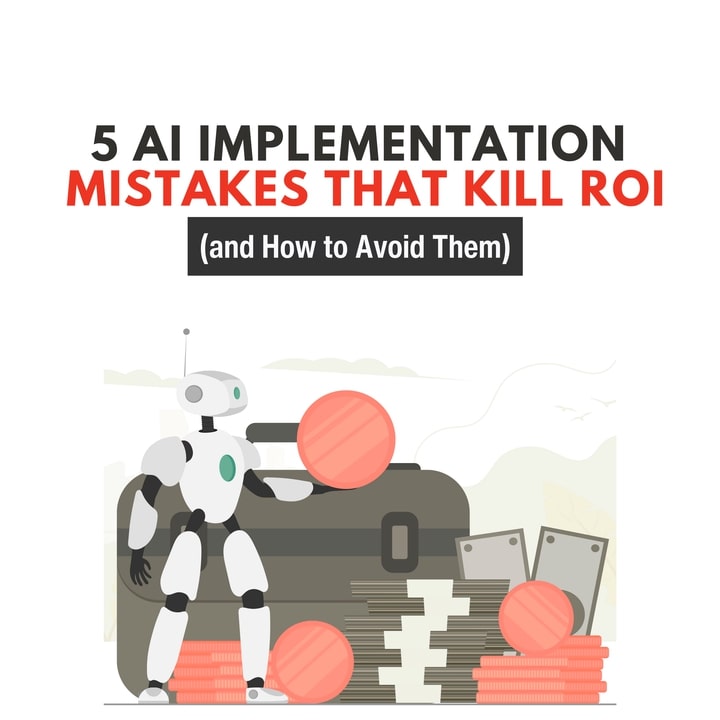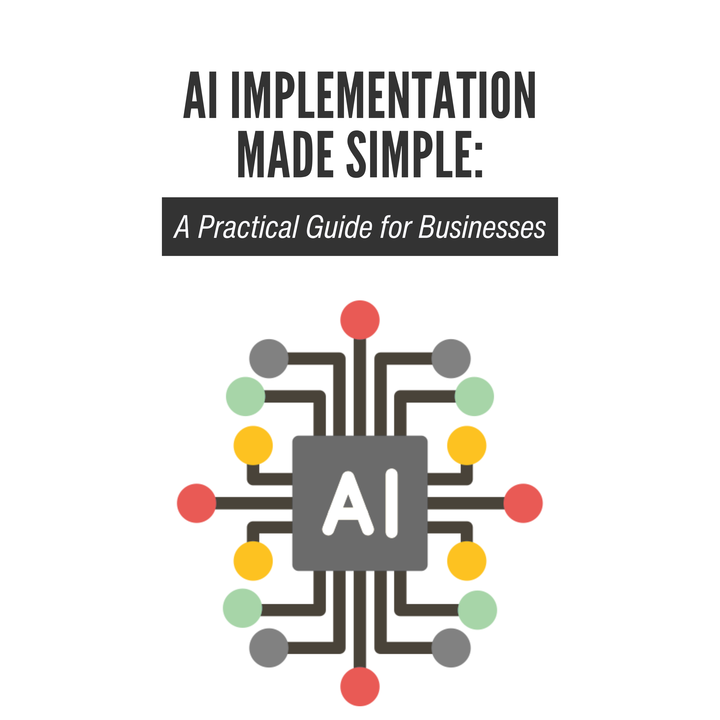From generating leads to building credibility, your website is the central hub for your business’s growth. But here’s the catch: if you’re not tracking the right metrics, you’re flying blind.
Many business owners focus on vanity metrics like page views or social likes, but those numbers don’t always reflect how well your website is performing. To make smarter decisions, you need to pay attention to the metrics that truly drive growth.

Why Website Metrics Matter
Your website is often the first point of contact potential customers have with your business. Every click, scroll, and bounce is a signal about what’s working and what’s not. By tracking the right metrics, you can:
● Understand customer behavior
● Identify barriers that prevent conversions
● Optimize content and design for better engagement
● Measure ROI on your digital investments
In short, the right data helps you move from guessing to growing.
The Metrics That Matter
1. Conversion Rate
Your website’s ultimate goal is to drive action, whether that’s filling out a form, booking a consultation, or making a purchase. Conversion rate shows how effectively your site turns visitors into customers.
2. Bounce Rate & Engagement
If visitors leave after viewing only one page, it may indicate that your content isn’t resonating. High bounce rates can signal poor content alignment, slow load times, or confusing design.
3. Traffic Sources
Understanding where your visitors come from: organic search, paid ads, social media, or referral. It helps you see which marketing efforts are working and where to invest more.
4. Page Load Speed
Patience is limited online. Even a one-second delay in page load time can hurt conversions. Fast-loading websites keep users engaged and reduce abandonment.
5. Mobile Performance
With most browsing happening on phones, a site that isn’t mobile-friendly can cost you leads. Tracking mobile performance ensures your visitors have a smooth experience on any device.
6. Time on Page & Session
Duration Longer time on site generally indicates that your content resonates. Low engagement numbers may suggest your messaging or layout needs improvement.
7. Cost per Lead (CPL)
For websites designed to generate leads, CPL is important. It helps you see if your marketing investments are generating qualified prospects at a sustainable cost.
Turning Data Into Decisions
Tracking metrics is only the first step. The real value comes from interpreting the numbers and taking action:
- High bounce rate? Review content relevance and site design.
- Low conversion rates? Simplify calls to action and streamline forms.
- Poor mobile engagement? Invest in responsive design and speed optimization.
The smartest business owners don’t just monitor metrics; they use them as a roadmap for continuous improvement.
Turning Insights Into Action
Your website succeeds when you focus on the right metrics: conversion, engagement, speed, and cost. Use these insights to turn your site from a static page into a growth engine. Want a website that performs? Contact Devfinity’s website experts today.
RELATED Articles
With 2025 nearly behind us, it’s time to look back at the
AI has the power to transform businesses, cutting costs, improving decision-making, and
Artificial intelligence is widely discussed, but many businesses are still figuring out
When people think about design, they often picture sleek layouts, beautiful colors,
Technology teams today face a tough balancing act. On one side, there’s
Custom software promises to solve unique business challenges, but too often it






